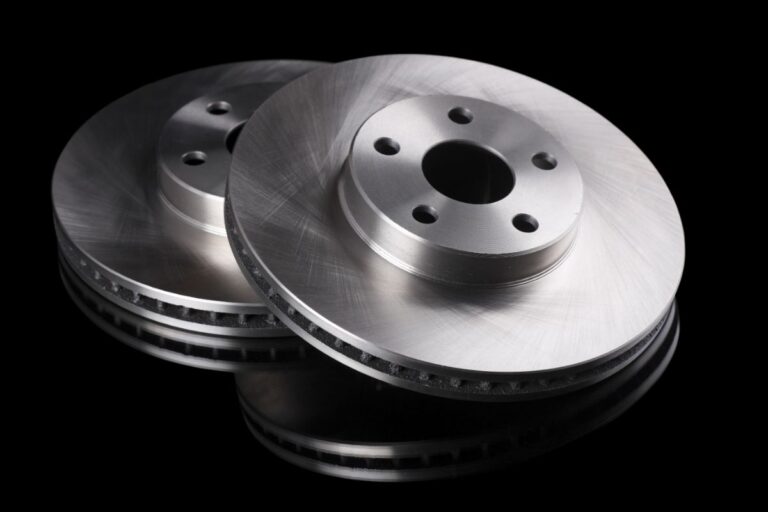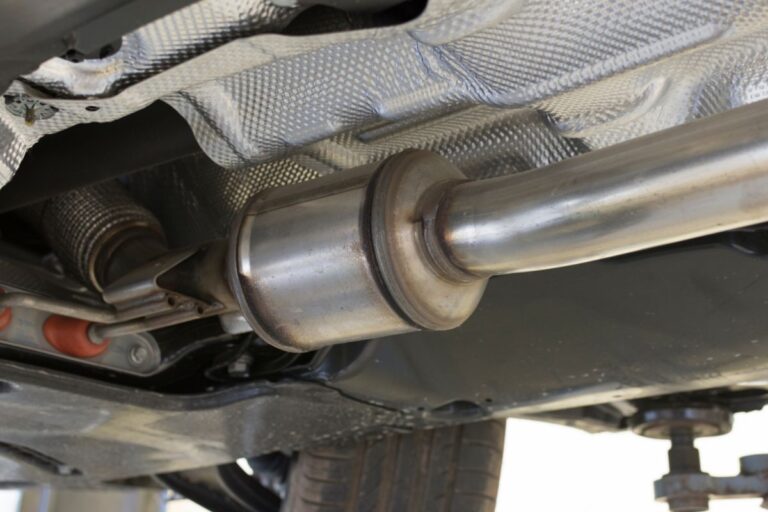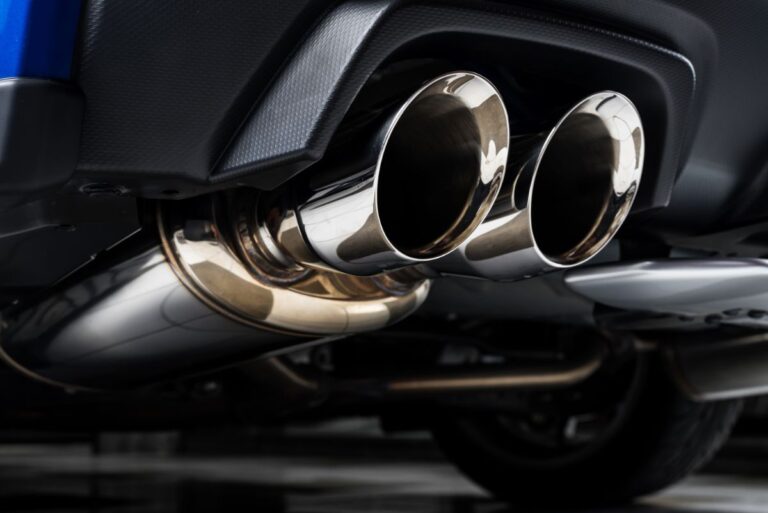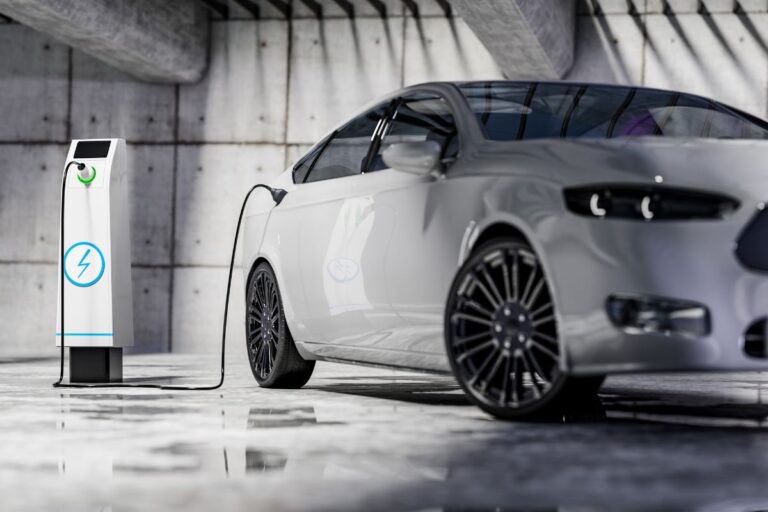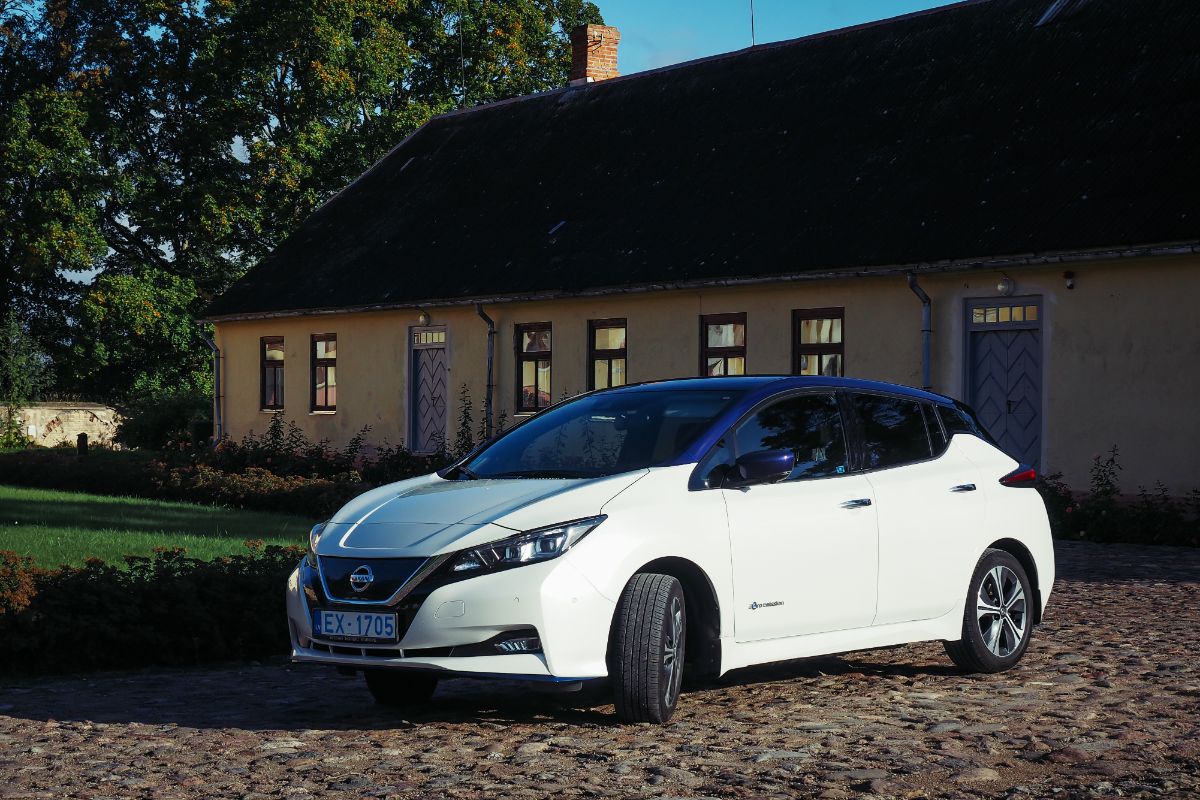
Electric vehicles nowadays do have air conditioning. On a mechanical level, the electric vehicle has certain drawbacks that make the air conditioning system different from that of a normal vehicle. This post discusses the operation of some electric vehicle air conditioning systems.
What is the effect of the internal combustion engine?
Without an internal combustion engine, electric vehicle manufacturers must consider:
- How to drive the A/C compressor: the electric motor does not have a pulley for the compressor drive belt. It must also be taken into account that the electric motor does not transmit any rotary movement when the vehicle is stopped, for example, at a traffic light (it does not require idling) so that, despite having a drive pulley, the compressor does not rotate.
- How to have a heat source for the heating radiator: an electric motor works at a temperature of approximately 50ºC, which is insufficient for heating the passenger compartment.
Related: Will Electric Cars Not Start if it’s Really Cold?
Why the changes?

Initially, and as in many other vehicles, electric vehicles did not have air conditioning. This was considered a luxury. It is currently unthinkable to purchase a vehicle without this convenience, so the same components are used in the cold loop as in a conventional vehicle (compressor, condenser, expansion valve, evaporator…) with the difference that the compressor is activated through an electric motor housed inside.
Although it does not need any drive belt, its location is still in the engine compartment in order to avoid vibrations inside the passenger compartment. It is common for these compressors to be powered by alternating current and high voltage from the traction battery. They are capable of varying their rotation revolutions.
Electric vehicle engines, unlike traditional combustion engines, are not always running. In addition, since autonomy is the main competitive problem of this type of model, air conditioning in electric cars became a problem to be solved by engineers in its development.
What is the solution to the air conditioning of an electric car?
To avoid losing autonomy and ensure that the air conditioning is always available, a simple solution was chosen, and one that is used for other devices that we have in the home: incorporating a small electric motor for the air conditioning. In this way, its operation is isolated from the main engine, although it does influence the autonomy performance, since it takes the energy to work from the main battery.
Some technologies, such as window lamination, can help reduce the need to use air conditioning, since they help isolate the interior of the vehicle from the incidence of the sun. This type of compressor is usually of the Scroll type. Its operation consists of a turbine that rotates eccentrically within another in order to suck in and compress the refrigerant gas, something similar to an engine oil pump.
What about refrigerant gas?
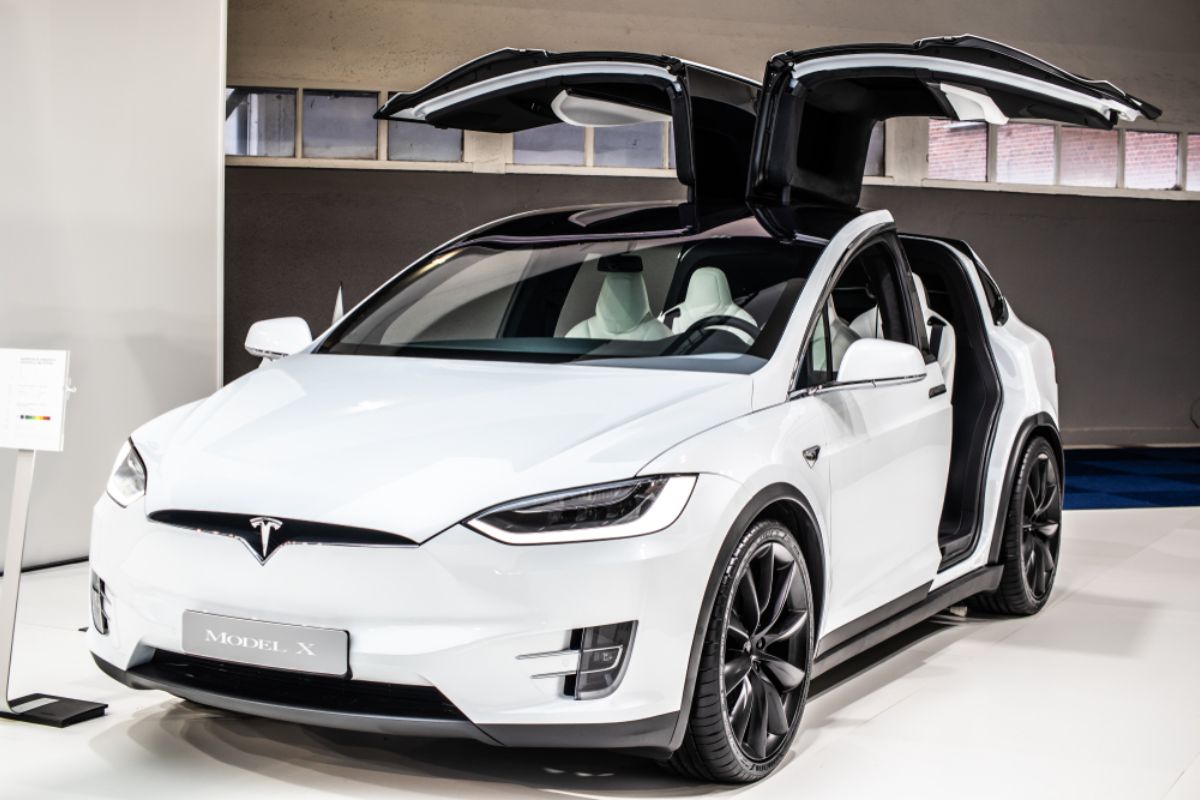
The refrigerant gas used will depend on the regulations in force in the year of manufacture of the vehicle, the most used today being R-134a and HFO-1234yf.
The oil is specific for this type of compressor. In general, the PAG (Polyalkyl Glycol) type oil is replaced by a POE (Polyolester) type oil with dielectric properties to avoid internal electrical discharges. As an example, Honda uses an oil called SE-10Y while Renault uses Denso ND-11.
With the use of an air conditioning compressor to cool the traction battery, the vehicle incorporates a second evaporator and expansion valve with a solenoid valve to separate the passenger compartment part from the battery part.
Another option adopted and more current consists of using additional electrical resistances to heat the refrigerant liquid that circulates through the heating circuit. These resistors are activated when the vehicle is running and the heating function is required.
On numerous occasions, these resistances work at the same voltage as the traction battery (150 – 400v). Its handling requires special attention.
What is the function of the water pump?
In addition to the electrical resistors, this system requires an electrically powered water pump (normally with a voltage of 12v) as these types of vehicles do not have drive belts. This pump is activated with an opening cyclical ratio (OCR) signal, being able to vary its revolutions depending on the calories requested.
This heating system is completely independent of the engine cooling circuit and other elements necessary for the operation of electric traction. The separation is due to the fact that one circuit intends to heat the coolant to provide calories to the passenger compartment while the other must cool it to cool the elements of the traction system.
Conclusion

As has been seen, the air conditioning systems used in electric vehicles require a voltage from the traction battery, which means a considerable reduction in the autonomy of the vehicle.
In order to increase autonomy, many electric vehicles have a program that allows anticipating the heating or cooling of the passenger compartment while the traction battery is being charged. In this case, the current required for this process comes from the domestic electrical network instead of the battery itself and the user of the vehicle can leave his home with the passenger compartment acclimatized and 100% of the battery.
The user can program the air conditioning switch-on time through the different vehicle menus. This will only be effective if the vehicle detects that it is connected to an electrical network.
Related: Do EVs Have Catalytic Converters?

